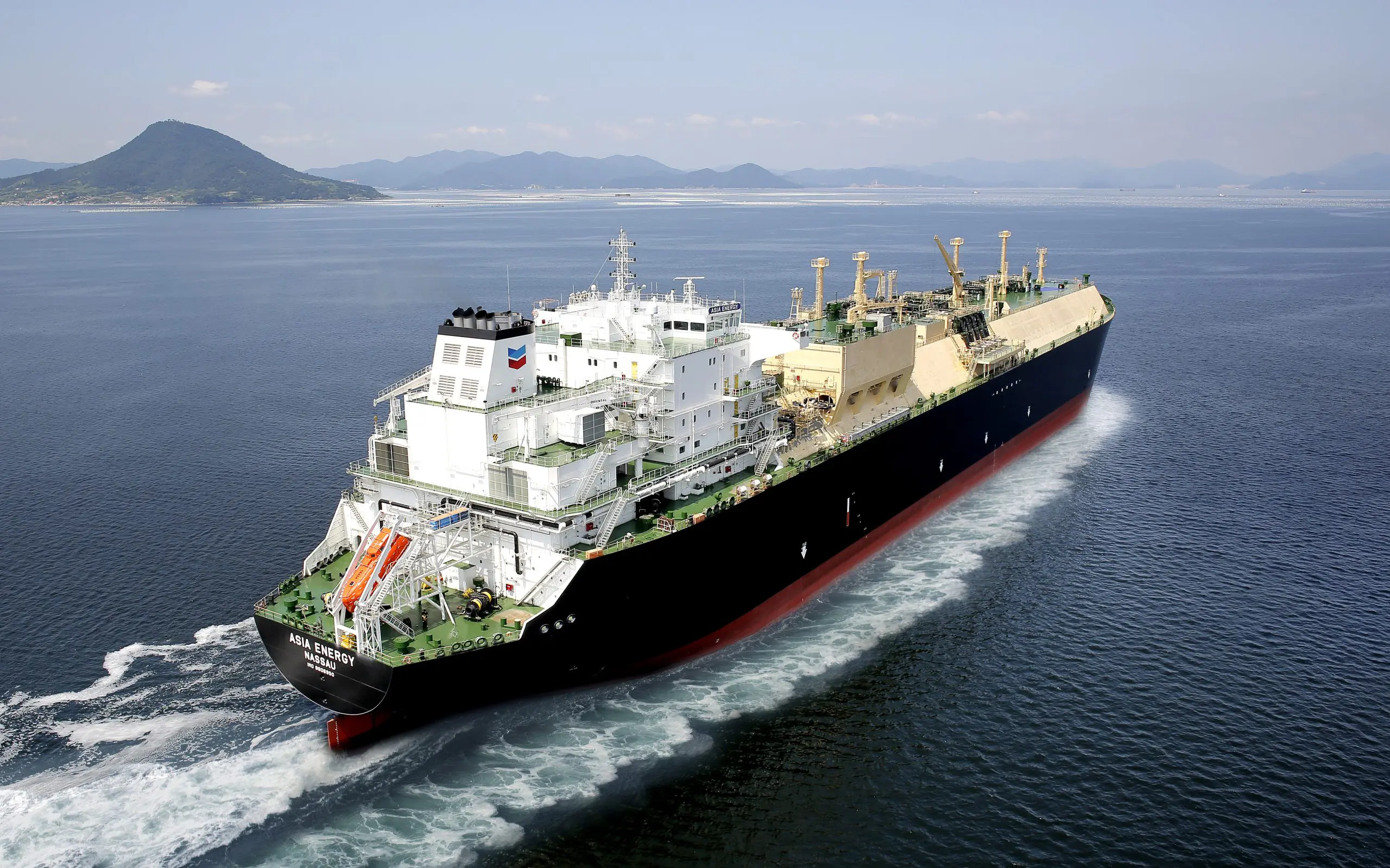Chevron’s shipping unit has contracted a unit of Singapore’s Sembcorp Marine to install reliquefaction systems and other tech on Chevron’s LNG carriers as part of a move to further slash emissions.
According to a statement, Chevron Shipping entered into a deal with Sembcorp Marine Repairs & Upgrades to reduce the carbon intensity of its LNG fleet operations.
Also, the changes are in alignment with decarbonization targets set by the International Maritime Organization (IMO), Chevron said.
Chevron aims to lower the carbon footprint of LNG transportation by installing new technologies. These include a reliquefication system, hull air lubrication, as well as a new gas compressor.
Together, Chevron expects these changes to reduce cargo boil-off, lower fuel consumption, and increase volumes of cargo delivered.
Sembcorp Marine has significant expertise in complex LNG fleet modifications. It will provide Chevron with engineering, procurement, installation, and commissioning (EPIC) services.
Chevron said that the firm expects to complete the work by mid-2025.
“LNG will be a key component of the global energy transition”
“We are excited to work with Sembcorp Marine to help us advance our lower carbon goals,” Mark Ross, president of Chevron Shipping, said.
“We believe LNG will be a key component of the global energy transition for years to come, and Chevron is focused on continuing its disciplined capital investment in our LNG fleet,” Ross said.
Chevron did not provide the price tag of the deal or the number of vessels.
According to Chevron’s website, its shipping unit operates ten LNG carriers, including the 2014-built 160,000-cbm, Asia Energy.
As part of its shipbuilding program, Chevron Shipping took delivery of six LNG carriers over the period of 2013-2017.
Furthermore, these vessels transport LNG all around the globe, including from Chevron’s Gorgon and Wheatstone LNG plants in Australia.
Chevron also operates Angola LNG and recently, along its partners, approved a budget for the Leviathan FLNG pre-FEED work.

